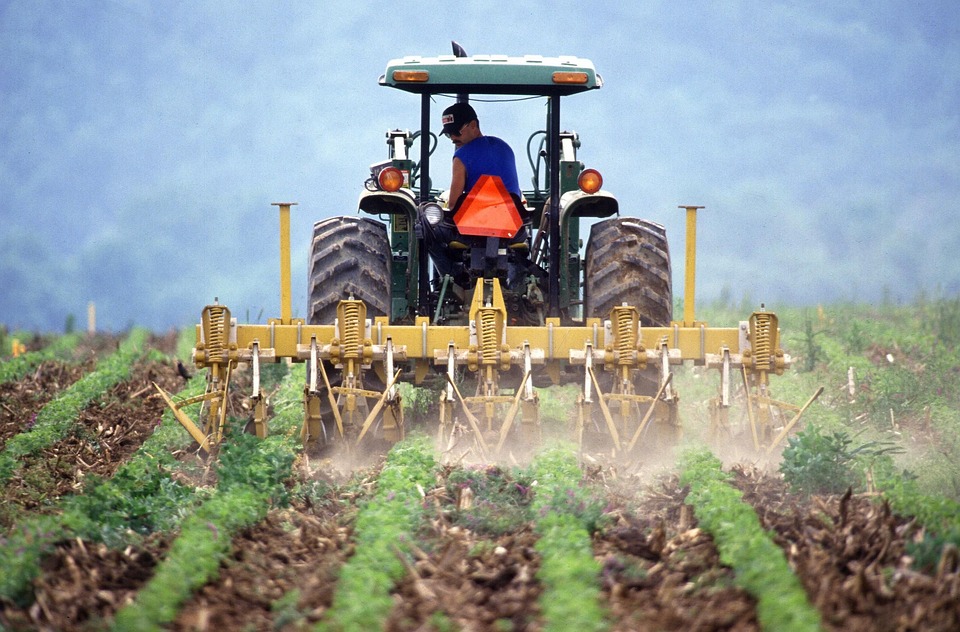# 10 Essential Tips for Transforming Your Garden into a Sustainable Haven
There’s something magical about stepping into a garden bursting with life and purpose. In my own green oasis, the air is fragrant with the scent of herbs, the colors of vegetables splash joy across the landscape, and the buzzing of bees fills the background. It wasn’t always like this, though. When I first dabbled in gardening, my patch was just a hodgepodge of whatever plants I thought looked pretty. Over the years, I learned that gardening isn’t just about aesthetics but about a harmonious relationship with nature. Today, I’m excited to share ten essential tips that can help anyone transform their garden into a thriving sustainable haven.
## 1. **Choose Native Plants**
Native plants are not only beautiful but also well-adapted to your local climate. They require less water, are more resistant to diseases, and provide essential habitats for local wildlife. Research the native flora in your area and incorporate them into your garden design. This simple choice can significantly enhance biodiversity, creating a welcoming environment for birds, pollinators, and beneficial insects.
### Pro Tip:
When choosing native plants, consult local gardening clubs or botanical gardens. They often have valuable resources on the best plants for your specific soil and climate conditions.
## 2. **Embrace Organic Practices**
One of the cornerstones of sustainable gardening is embracing organic practices, which means avoiding synthetic pesticides and fertilizers. Use natural compost mixtures, crop rotations, and manual pest control methods to nourish your plants. Organic gardening improves soil health, promotes biodiversity, and ultimately results in tastier produce.
### Pro Tip:
Create compost from kitchen scraps, yard waste, and even shredded newspapers. Make sure to balance green materials (like vegetable scraps) with brown materials (like dried leaves) for a rich compost mix.
## 3. **Implement a Rainwater Harvesting System**
Water is a precious resource, and by implementing rainwater harvesting, you can conserve it effectively. Installing rain barrels under your downspouts allows you to capture and store rainwater for garden use. This not only reduces your water bill but also minimizes runoff and helps recharge groundwater supplies.
### Pro Tip:
Ensure your rain barrels are covered to prevent mosquitoes from breeding. Use a mesh fabric to keep debris out while allowing water to flow freely.
## 4. **Practice Companion Planting**
Companion planting is the practice of growing different plants together for mutual benefits. For example, planting basil alongside tomatoes can enhance flavor and deter pests. Research companion planting combinations that naturally repel pests or improve pollination and growth rates.
### Pro Tip:
Keep a dedicated gardening journal to track which plant combinations work best in your unique environment, and adjust your strategies accordingly over time.
## 5. **Utilize Vertical Gardening**
If space is limited, or you want to add a unique twist to your landscape, vertical gardening is an excellent solution. Use trellises, wall planters, or even hanging pots to maximize your planting area. This technique not only saves space but can also add depth and character to your garden.
### Pro Tip:
Opt for climbers like peas, beans, or cucumbers for vertical structures. They’ll provide you with delicious harvests while creating a lush, green backdrop.
## 6. **Create a Pollinator Paradise**
Pollinators are essential for sustaining many crops and flowering plants. By creating a pollinator-friendly environment, you can boost your garden’s productivity. Plant a variety of flowering plants that bloom at different times, providing food for bees, butterflies, and other beneficial insects throughout the growing season.
### Pro Tip:
Introduce a small water feature like a shallow dish or a birdbath filled with pebbles. This provides a resting spot for pollinators and helps them stay hydrated.
## 7. **Practice No-Till Gardening**
The no-till gardening method involves refraining from turning the soil, thereby preserving its structure and health. By allowing earthworms and beneficial microbes to thrive, you’re enhancing soil fertility naturally. Instead of tilling, simply apply layers of mulch and compost on top of the existing soil.
### Pro Tip:
Use wood chips or straw as mulch to suppress weeds and create a protective layer for the soil. You’ll find fewer weeds and enhanced moisture retention.
## 8. **Grow Your Own Seeds**
Seed saving not only reduces costs but also fosters biodiversity. By growing your own seeds, you can cultivate varieties that are well-suited to your local environment. Choose heirloom or open-pollinated varieties to ensure you can continue saving seeds in the future.
### Pro Tip:
Store seeds in a cool, dry place, and label them with the variety and planting date. This practice will keep your seed bank organized and ready for planting.
## 9. **Integrate Edible Landscaping**
Why not make beauty practical? Incorporate edible plants into your landscaping by replacing decorative plants with fruits, vegetables, and herbs. Not only do you create a visually stunning garden, but you also have fresh produce at your fingertips.
### Pro Tip:
Incorporate plants like berry bushes and herbs into your flower beds. This adds a lovely aesthetic while providing you with fresh ingredients for your meals.
## 10. **Create a Wildlife Habitat**
Providing a safe habitat for local wildlife not only enriches your garden but also contributes to the ecosystem. Build birdhouses, bat boxes, and bee hotels to attract various species. Creating a diverse environment can also help control pests naturally and increase pollinator activity.
### Pro Tip:
Plant a native shrub or two to create protective cover for small animals. This added resource can help utility creatures navigate your garden safely.
## Conclusion
Transforming your garden into a sustainable haven is not only beneficial for the environment but also incredibly rewarding. With these ten essential tips, you can nurture a lush, productive space that reflects harmony with nature. Remember, gardening is a journey filled with learning, so embrace every challenge and celebrate each success. The joy of harvesting tomatoes or watching bees flutter around your flowers is truly unparalleled. Start today and watch as your garden turns into an eco-friendly paradise! Happy gardening!



